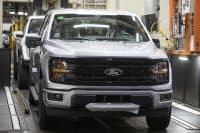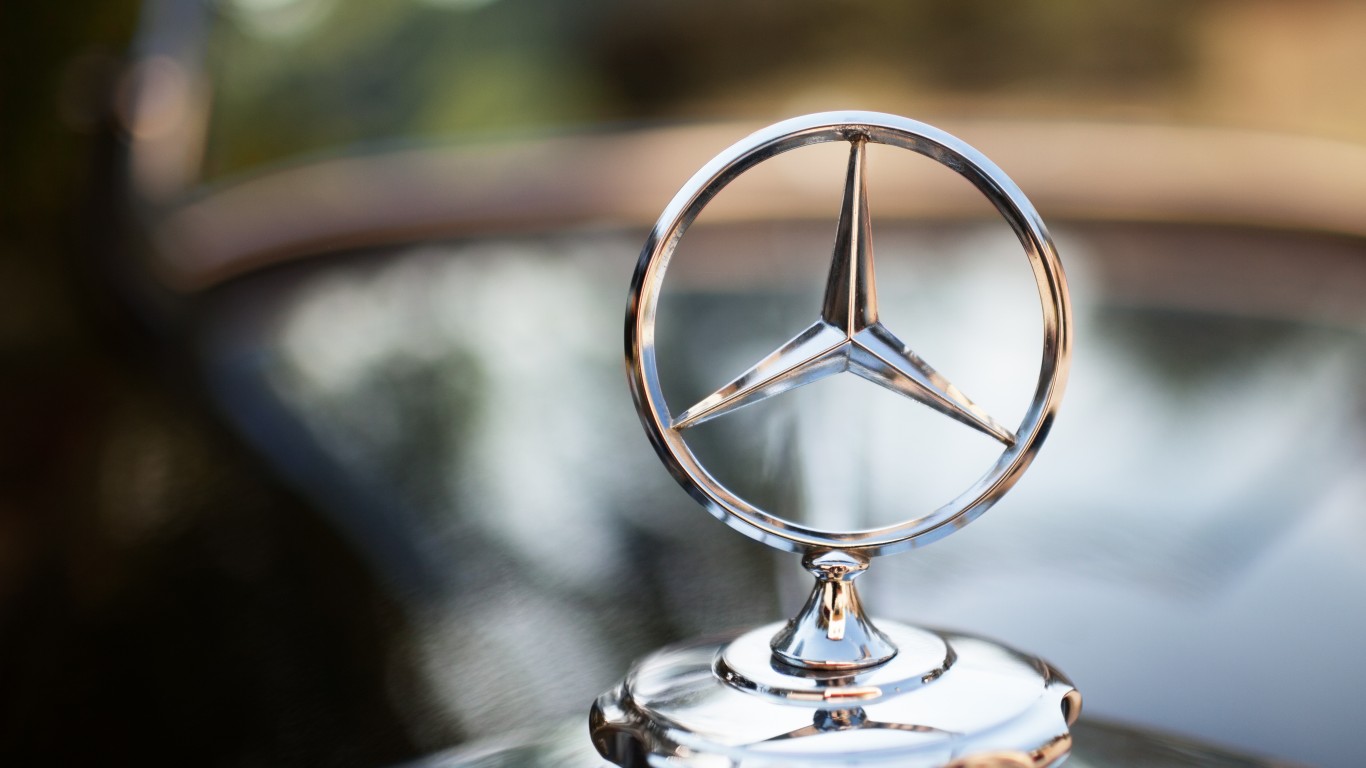
On Saturday, electric vehicle maker Nio Ltd. (NYSE: NIO) held its Nio Day 2020 in its home city of Chengdu. The highlight of the event was the unveiling of the company’s ET7 flagship sedan that will begin shipping to customers next year.
Price aside, the first thing Nio touted about the car was its autonomous driving technology, dubbed Nio Autonomous Driving (NAD). The second thing it emphasized was its Nio Adam Super Computing platform, based on the Orin system-on-a-chip (SoC) from Nvidia Inc. (NASDAQ: NVDA).
Behind those marketing buzzwords is an impressive array of 11 8-megapixel cameras, one lidar sensing unit and 5 millimeter-wave (5G) radars, along with additional sensors and positioning units. Nio’s ET7 puts Tesla Inc. (NASDAQ: TSLA) squarely in its sights.
Tesla uses cameras and radar exclusively for its Autopilot autonomous driving program. One reason is cost. Lidar systems remain more expensive, running at around $7,500 per vehicle. But that’s a big drop from just a few years ago, when a lidar system cost around 10 times that. Lidar maker Luminar Technologies has predicted that the cost will drop to around $1,000 over the next several years.
Elon Musk, Tesla’s CEO, said last October that the company wouldn’t use a lidar system on its car “even if it was free.” Tesla uses eight surround cameras around its vehicles complemented by 12 ultrasonic sensors and a front-facing radar. Musk believes Tesla’s cameras and custom silicon are more than equal to the task.
Regardless of an automaker’s choice of lidar or cameras, one universal requirement is computing power. That’s what Nvidia’s Orin SoC brings to Nio. The chipmaker calls its silicon the world’s highest-performance autonomous vehicle and robotics processor. The scalable supercomputer-on-a-chip can deliver up to 254 trillion operations per second (TOPS). Nio’s Adam platform uses four of the chips on a single board to deliver a total computing power of 1,016 TOPS.
While some of this is pure specsmanship, the amount of computing power required for autonomous driving is almost mind-numbing.
Nio has priced the base model of the ET7 at just over $69,000 before applying any incentives. For buyers who choose the company’s battery-as-a-service purchase option, the price drops to $58,350. The fully functioning autonomous driving option costs about $105 a month. The ET7 Premier edition carries a starting price of $81,200, including the battery, or $61,440 for the batter-as-a-service option.
Nio’s shares traded up nearly 10% Monday morning at $64.56, after posting a new 52-week high of $66.99 shortly after the opening bell. The 52-week low is $2.11, and the consensus price target is $42.62.
Nvidia shares traded up about 3.7%, at $550.56 in a 52-week range of $180.68 to $589.07. The consensus price target on the stock is $59284
Tesla stock was down about 3.4% to $849.93, in a range of $70.10 to $884.49. The price target is $450.87.
100 Million Americans Are Missing This Crucial Retirement Tool
The thought of burdening your family with a financial disaster is most Americans’ nightmare. However, recent studies show that over 100 million Americans still don’t have proper life insurance in the event they pass away.
Life insurance can bring peace of mind – ensuring your loved ones are safeguarded against unforeseen expenses and debts. With premiums often lower than expected and a variety of plans tailored to different life stages and health conditions, securing a policy is more accessible than ever.
A quick, no-obligation quote can provide valuable insight into what’s available and what might best suit your family’s needs. Life insurance is a simple step you can take today to help secure peace of mind for your loved ones tomorrow.
Click here to learn how to get a quote in just a few minutes.
Thank you for reading! Have some feedback for us?
Contact the 24/7 Wall St. editorial team.




